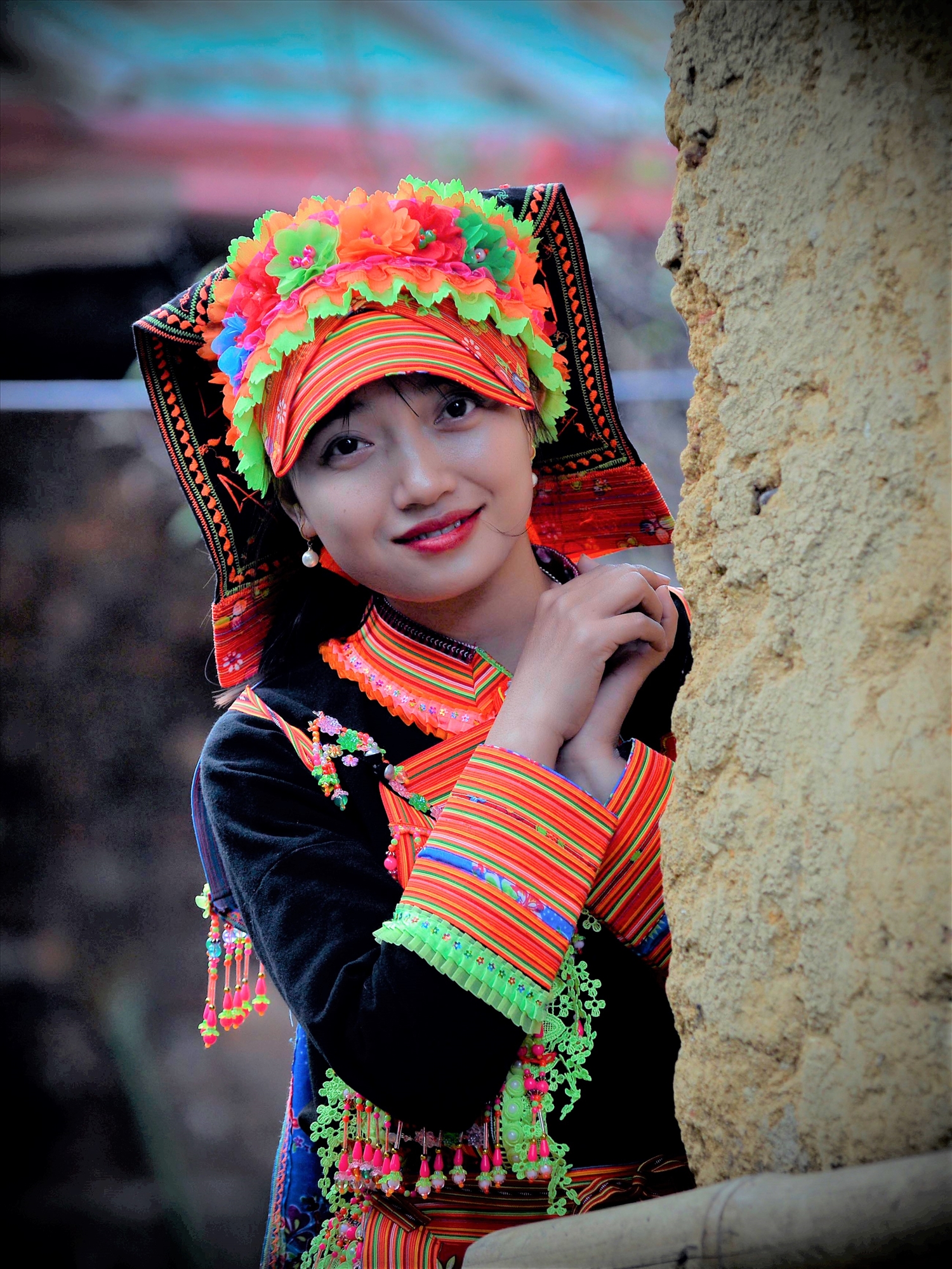DAO ETHNIC GROUP (DAO TIỀN)
INTRODUCE
- General overview
At present, the Dao people in Lai Châu consist of 11,483 households with 56,547 people, accounting for 12.53% of the province's population. They live in 6/8 districts (excluding Lai Châu city and Than Uyên district). The Dao community is most concentrated in Sìn Hồ district, comprising 3,739 households with 16,869 people, while the least populous district is Mường Tè with 61 households and 281 residents. The Dao people in Lai Châu encompass various branches and groups such as Dao tiền, Dao đỏ, Dao quần chẹt, ...
According to historical sources, it is determined that the Dao people in Vietnam originally originated in China. Based on memory and a few genealogies of the Dao people, it can be affirmed that the Dao migrated to Vietnam through different periods and through many different routes and groups. Accordingly, some Dao groups settled in the Northwestern region, including Lai Châu, around the 13th century and migrated via overland routes.
- Village space
The Dao people in Lai Châu are agricultural residents with two methods: swidden and wet rice cultivation. “Nương” (cultivated land on hills and mountains) Nuong is a popular type in almost all Dao groups. Over time, they have accumulated significant experience in production.
In the past, the Dao people practiced shifting cultivation. However, nowadays, most of their villages have settled. Each village consists of approximately 20-30 households, with up to 50-60 households.
The family is a member of the community, an essential part of the lineage, and a production unit. It is simultaneously a place where the Dao people maintain and express the cultural nuances of their ethnic group.
- Living space
To adapt to their settled living and long-term cultivation, the Dao people have three types of houses: ground-floor houses, houses with a ground-floor and stilt, and stilt houses. The materials used for building houses include wood, bamboo, rattan, and forest vines harvested by the families themselves. The construction techniques are quite simple. The “ngoãm” houses only need an axe and a knife, while the “mộng” houses require saws, chisels, and planes. The Dao people don't have professional house builders. When a family builds a new house, the entire community is sent to help.
The ground-level houses of the Dao people are commonly found in areas suitable for cultivation, on gently sloping hillsides, or relatively flat mountainous terrain. The half-stilt and half-ground houses are mainly constructed by the “Dao đỏ” and “Dao quần trắng”. In the past, due to their shifting cultivation, they had to build houses on steep terrain. Consequently, part of the house is built directly on the ground, while the remaining part is supported by stilts, and a floor is constructed. The floor can be replaced for a bed, and the ground area is convenient for cooking and daily activities.
Stilt house is a common type among Dao groups specializing in wet rice cultivation. These houses are erected on low mounds at the foothills, in valleys or basins, near fields.
The auxiliary structures (rice storage, coop for buffalo, cows, pigs, chickens, …) of the Dao people are arranged differently depending on the type of house.
For ground-level houses, the rice storage is built separately to prevent fires, while coops are placed on both sides of the house. In the half-stilt and half-ground houses, the space under the floor is used to keep chickens while pigs, buffaloes, and cows are in other cages. In stilt houses, livestock are kept under the floor, but if a separate rice storage is constructed, the buffalo and cows are placed underneath it. Every Dao people's house has a garden to plant vegetable and fruit trees. In spacious areas, they dig ponds for fish farming and raise poultry such as ducks and geese."
















